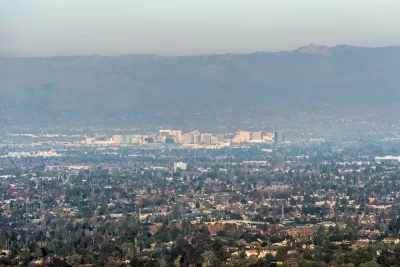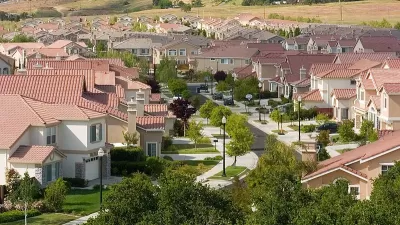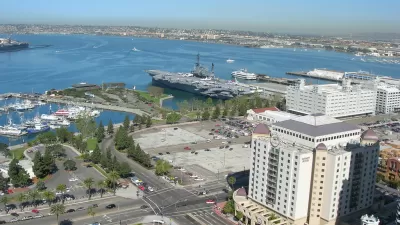The city of San Jose has the "least distinctive" downtown skyline of the nation's major cities, according to editorial board of The Mercury News. The City Council has a chance to change that.

[Updated: The City Council voted to approve the new height limits for Downtown San Jose.]
"The City Council should vote Tuesday to raise building height limits in parts of downtown," according to the argument in this editorial by The Mercury News. "It makes good business sense and is an important strategic step toward crafting a more vibrant downtown that entices people to work, live and play."
On the table are new height restrictions that would allow buildings to rise 5 to 35 feet higher in the downtown core and 70 to 150 feet higher around Diridon Station.
"City officials say raising the height limits would allow construction of an additional 9 million square feet of office space and bring in about $5 million more in city tax revenues each year," according to the editorial.
The editorial also makes the case that the new height limits meet standards necessary for air travel to and from the Mineta San Jose International Airport.
FULL STORY: Editorial: Why San Jose should raise downtown building height limits

Montreal Mall to Become 6,000 Housing Units
Place Versailles will be transformed into a mixed-use complex over the next 25 years.

Planetizen Federal Action Tracker
A weekly monitor of how Trump’s orders and actions are impacting planners and planning in America.

DARTSpace Platform Streamlines Dallas TOD Application Process
The Dallas transit agency hopes a shorter permitting timeline will boost transit-oriented development around rail stations.

Study: 4% of Truckers Lack a Valid Commercial License
Over 56% of inspected trucks had other violations.

Chicago Judge Orders Thousands of Accessible Ped Signals
Only 3% of the city's crossing signals are currently accessible to blind pedestrians.

Philadelphia Swaps Car Lanes for Bikeways in Unanimous Vote
The project will transform one of the handful of streets responsible for 80% of the city’s major crashes.
Urban Design for Planners 1: Software Tools
This six-course series explores essential urban design concepts using open source software and equips planners with the tools they need to participate fully in the urban design process.
Planning for Universal Design
Learn the tools for implementing Universal Design in planning regulations.
City of Mt Shasta
City of Camden Redevelopment Agency
City of Astoria
Transportation Research & Education Center (TREC) at Portland State University
US High Speed Rail Association
City of Camden Redevelopment Agency
Municipality of Princeton (NJ)





























